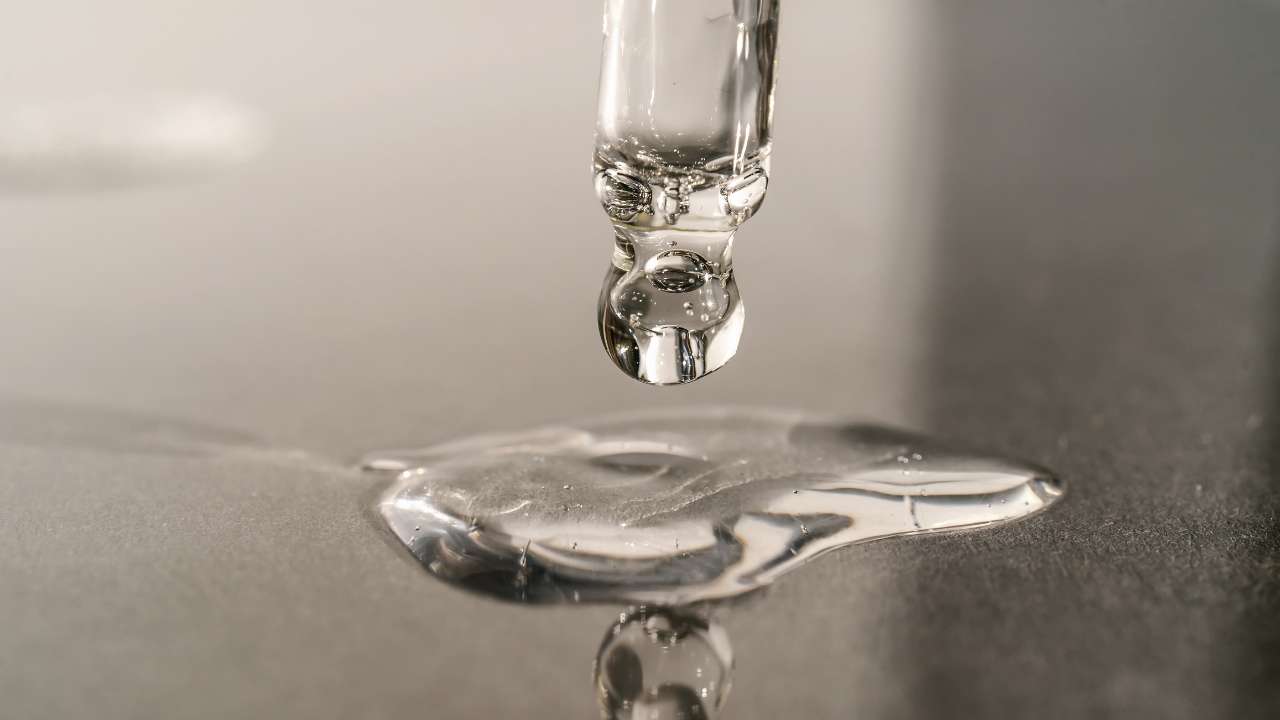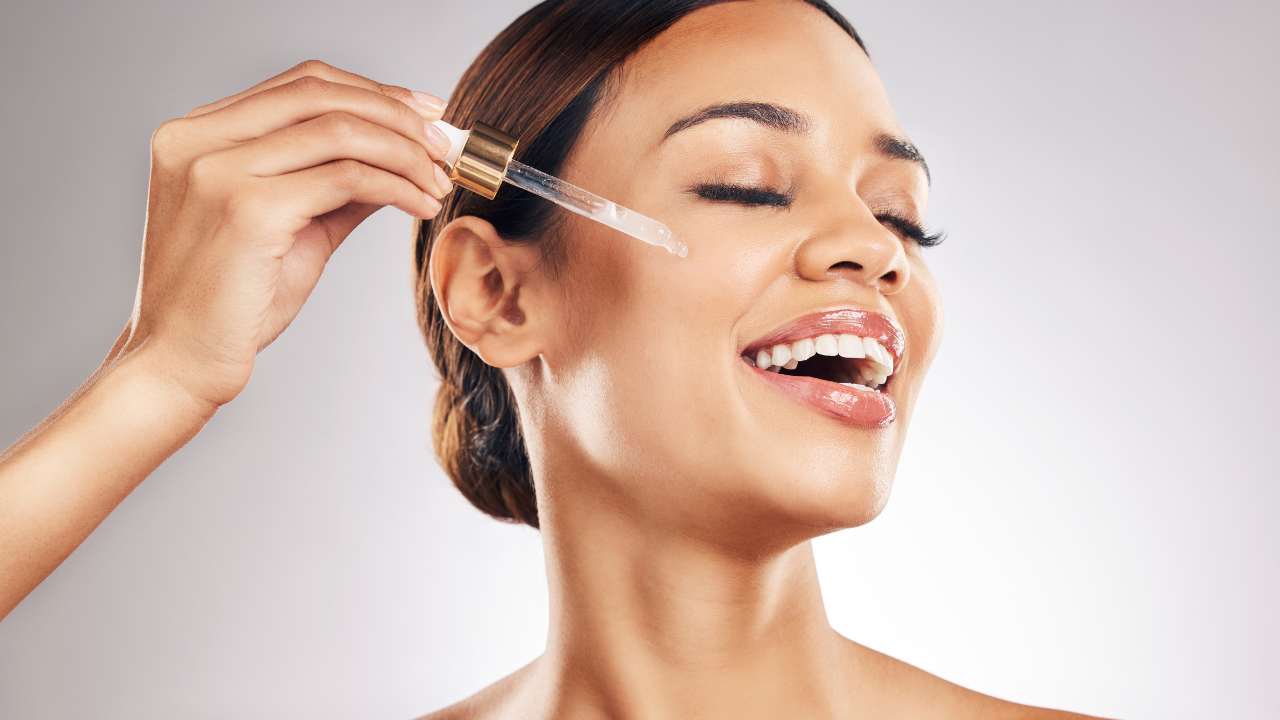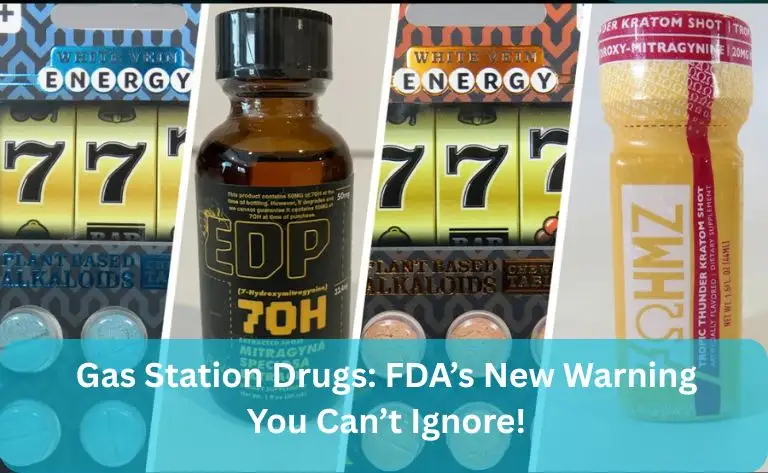Retinol eye gel has emerged as a must-have in skincare cosmetics. It offers a range of benefits, particularly for addressing fine lines, wrinkles, dark circles, and puffiness around the eyes. This blog will explore its benefits, application techniques, precautions, and frequently asked questions to help you make the most of this powerful product.
What is Retinol Eye Gel?
Retinol eye gel is a lightweight, gel-based skincare product formulated with retinol, a vitamin A derivative. Retinol is renowned for its ability to boost collagen production, enhance cell turnover, and improve skin texture. The gel texture makes it ideal for the delicate under-eye area, offering hydration and treatment without feeling heavy.
Key Ingredients in Retinol Eye Gel
- Retinol: Reduces fine lines and wrinkles by stimulating collagen.
- Hyaluronic Acid: Provides hydration and plumps the skin.
- Peptides: Improve skin elasticity.
- Antioxidants: Protect against environmental damage.
Benefits of Retinol Eye Gel

Reduces Fine Lines and Wrinkles
Retinol stimulates collagen production, which minimizes the appearance of fine lines and wrinkles over time.
Diminishes Dark Circles
Retinol helps thicken the under-eye skin and reduces pigmentation, which can lighten dark circles.
Improves Skin Texture
By encouraging cell turnover, retinol makes the skin smoother and more radiant.
Reduces Puffiness
Many retinol eye gels include anti-inflammatory ingredients that reduce under-eye swelling.
Enhances Hydration
Some formulations include hydrating agents like glycerin and hyaluronic acid, which ensure that the delicate eye area stays moisturized and healthy.
Prevents Premature Aging
By combating free radicals and boosting collagen, retinol eye gels work to delay signs of aging before they become pronounced.
How to Apply Retinol Eye Gel
Proper application ensures maximum effectiveness while minimizing irritation.
Step-by-Step Guide:
- Cleanse: Start with a clean face to remove dirt and oils.
- Take a Small Amount: Use a pea-sized amount for both eyes.
- Apply Gently: Dab the product around the orbital bone with your ring finger. Avoid the lash line.
- Follow with Moisturizer: Lock in hydration with an eye cream or moisturizer.
- Apply Sunscreen: Use SPF during the day, as retinol increases sun sensitivity.
Pro Tips:
- Wait a few minutes after applying the gel before layering other products.
- Use cold compresses or cooling eye rollers to enhance product absorption and reduce puffiness.
Precautions When Using Retinol Eye Gel
Start Slow
Use it 2-3 times a week initially to allow your skin to adjust.
Use at Night
Retinol degrades in sunlight, so it’s best applied as part of your nighttime routine.
Patch Test
Test the product on a small area to check for sensitivity before full application.
Avoid Combining Harsh Actives
Don’t use retinol with AHAs, BHAs, or vitamin C simultaneously to prevent irritation.
Follow Up with Hydration
Always apply a nourishing eye cream after retinol to prevent dryness and irritation.
Who Can Benefit from Retinol Eye Gel?
Suitable for:
- Individuals over 25 experiencing early signs of aging.
- Those with dark circles and puffiness.
- People seeking smoother skin texture around the eyes.
Not Ideal for:
- Individuals with extremely sensitive or reactive skin.
- Pregnant or breastfeeding women (consult a dermatologist first).
Specialized Formulations
For sensitive skin, look for retinol eye gels with encapsulated retinol or additional soothing agents like niacinamide or green tea extract.
Frequently Asked Questions
1. How long does it take to see results?
Visible improvements often appear after 4-6 weeks of consistent use.
2. Can I use retinol eye gel every day?
It’s best to start with 2-3 times a week and gradually increase frequency as your skin builds tolerance.
3. Is retinol eye gel safe for sensitive skin?
Choose a low-concentration retinol formula and patch test before use. Look for added soothing ingredients like ceramides or aloe vera.
4. Should I use retinol eye gel during the day?
No, it’s best used at night to avoid UV-induced degradation and sensitivity.
5. Can retinol eye gel replace eye cream?
Retinol eye gel offers treatment benefits, but pairing it with a hydrating eye cream ensures better results.
6. What should I do if irritation occurs?
Stop using the product temporarily and apply a soothing moisturizer. Reintroduce it slowly once your skin calms down.
7. Are there any age restrictions for using retinol eye gel?
Retinol eye gel is generally recommended for individuals in their mid-20s and older, but it can vary based on personal skincare goals.
Conclusion
Retinol eye gel is a powerful addition to your skincare routine, offering targeted benefits for the delicate under-eye area. With consistent use, it can reduce fine lines, improve texture, and brighten dark circles. Always start slow, follow the recommended application methods, and protect your skin with sunscreen during the day.
If you’re ready to achieve a more youthful, refreshed look, consider incorporating retinol eye gel into your nighttime skincare regimen. Pair it with complementary products for optimal results and enjoy a brighter, smoother eye area over time.





